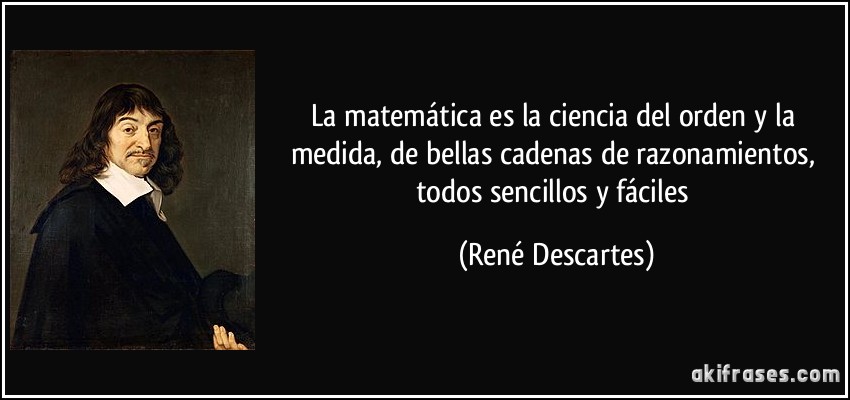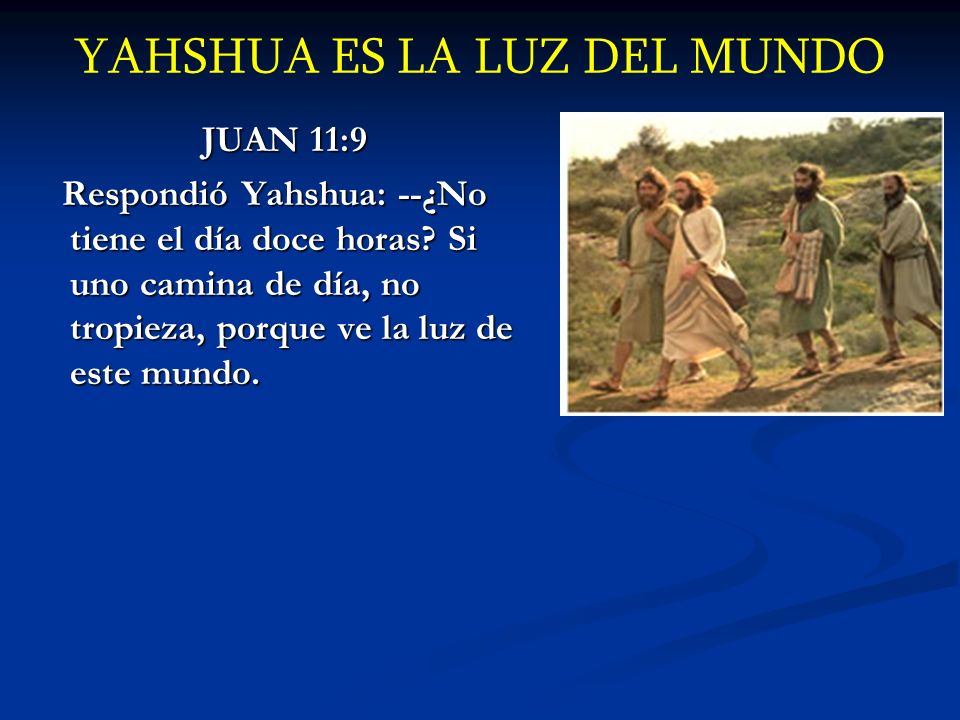|
|
GIZE, STONEHENGE, CHICHEN ITZA, ETC,ETC: The Keys of Atlantis-Vescica Piscis y el paralelo 30/Gran Piramide
Elegir otro panel de mensajes |
|
|

The Keys of Atlantis
A Study of Ancient Unified Numerical and Metrological Systems
by Peter Wakefield Sault
Copyright © Peter Wakefield Sault 1973-2012
All rights reserved worldwide
The Keys of Atlantis
Chapter 3.
Mountains of The Moon
The Stone-Cored Pyramids of Egypt
|
PROLEGOMENON
This little treatise is a mathematical, metrological, geographical and astronomical analysis of certain Egyptian pyramids. English translations of their ancient traditional names, less the names of the kings to whom rightly or wrongly a much later Egyptian priesthood attributed their building, are used here throughout except when quoting other authors. This is problematic since the original Great Pyramid is nowadays generally referred to as Khafre, Khephren or the Second Giza Pyramid. The original name of the pyramid now widely though erroneously known as the ‘Great Pyramid’ is Pyramid of The Horizon, or simply Horizon Pyramid. If, that is to say, ‘Horizon’ is the correct interpretation of the hieroglyph Akhet, about which some apparently justifiable doubt remains. In order to minimise the reader's possible confusion, the original and true Great Pyramid (i.e. ‘Khephren’) will here be referred to as the Grand Pyramid.
|
Sections
Illustrations
Animations
Tables
References
3-1. The Giza Complex

Figure 3-1. The Pyramids of Giza (1)

Figure 3-2. Map of The Giza Pyramid Complex
3-2. The Horizon Pyramid
The Pyramid of The Horizon, known variously although erroneously as the Pyramid of Khufu, Pyramid of Kheops, Great Pyramid or First Giza Pyramid, stands on the Giza Plateau in Egypt at 29° 58' 45" N × 31° 08' 03" E. These and all other geographical coordinates given in this chapter have been obtained since 2006 with the aid of Google Earth and supercede all earlier figures from other sources.
Peter Tompkins summarizes the origin of the Horizon Pyramid thus[1]
“Though all agree that the Great [Horizon] Pyramid is at least four thousand years old, none can say for certain just when it was built, by whom, or why.”
The first thing to note about this observation is that Tompkins refrains from attempting to assign a maximum age to the Horizon Pyramid.
Tompkins' book ‘Secrets of The Great [Horizon] Pyramid’ (1971) is without doubt the most comprehensive compendium of myths, legends and knowledge about the Horizon Pyramid ever published and was, as noted on his website*, “not yet faulted in its original content”. Until now, that is to say, firstly in respect of his misapplication of the name ‘Great’ to the Horizon Pyramid and secondly in his treatment of Isaac Newton's fictive ‘Memphis Cubit’ as if it were a genuine unit of measure when it was never more than a figment of Newton's fevered imagination. These matters will be discussed in detail in the final section of this chapter, ‘The Egyptological Fraud’.
Tompkins goes on to say[2]
“It would be satisfactory to be able to describe the method by which the Great [Horizon] Pyramid was put together, by whom, and when.
“But the builders, whoever they may have been, left no description of their method. No one has even found a later Egyptian report of how the first pyramids were built.”
The earliest extant reference to the Horizon Pyramid comes from Herodotus, who says[7]
“To build the pyramid itself took twenty years; it is square at the base, its height (800 feet) equal to the length of each side; it is of polished stone blocks beautifully fitted, none of the blocks being less than thirty feet long.”
It would be another 2,000 years before the Horizon Pyramid was accurately surveyed and the relationship between its height and the length of each side thereby properly observed. With the missing part of the statement inserted:– The quadrant whose radius is the height is equal to the length of each side.

Figure 3-3. Theoretical Proportions of the Horizon Pyramid
Some of the earlier surveys contained errors and gave rise to some preposterous theories, none of which will be discussed here, about which Prof. W.M.F.Petrie says[8]
“It is useless to state the real truth of the matter, as it has no effect on those who are subject to this type of hallucination. They can but be left with the flat earth believers and other such people to whom a theory is dearer than a fact.”
http://www.odeion.org/atlantis/chapter-3.html |
|
|
|
|
 the Apple 
|
|
|
|
|
LLAVE DE ORO Y DE PLATA AL IGUAL QUE LA MANZANA
|
|
|
|
|
22/7=3.14=PI
12 PUNTOS EN SU CIRCUNFERENCIA=RELOJ=SANTA CENA
LONGITUD CIRCUNFERENCIA=PIxDIAMETRO
 |
|
|
|
|
|
|
|
|
|
|
ISLA SAN GIORGIO (VENECIA)=GEORGE LEMAITRE
GEMATRIA EN INGLES DE SEED=33
GEMATRIA EN INGLES DE GATE=33
SARA (CE-SAREA DE FILIPO)=PARALELO 33
 the Apple
| milky way in Simple Gematria Equals: 119 |
( |
m 13 |
i9 |
l 12 |
k 11 |
y 25 |
0 |
w 23 |
a1 |
y 25 |
) |
| queen mary in Simple Gematria Equals: 119 |
( |
q 17 |
u 21 |
e5 |
e5 |
n 14 |
0 |
m 13 |
a1 |
r 18 |
y 25 |
|
| hebrew calendar in Simple Gematria Equals: 119 |
( |
h8 |
e5 |
b2 |
r 18 |
e5 |
w 23 |
0 |
c3 |
a1 |
l 12 |
e5 |
n 14 |
d4 |
a1 |
r 18 |
| mary magdalene in Simple Gematria Equals: 119 |
( |
m 13 |
a1 |
r 18 |
y 25 |
0 |
m 13 |
a1 |
g7 |
d4 |
a1 |
l 12 |
e5 |
n 14 |
e5 |
|

|
|
|
|
|
Iglesia de Santa María Madalena, Isla do Pico
Admira la Iglesia de Santa María Madalena en Madalena, Isla do Pico, Azores.
 Iglesia de Santa María Madalena © Carlos Luis M C da Cruz La Iglesia de Santa María Madalena se encuentra localizada en el casco histórico de Madalena, la capital de la Isla do Pico del archipiélago de las Azores, Portugal.
Se trata de un templo del siglo XVII, el más grande de la isla. Cuenta con dos hermosas torres gemelas coronadas por agujas de base hexagonal y decorativa peineta con un reloj del siglo XIX.
Su interior barroco presenta una serie de azulejos historiados, imágenes religiosas, y dos altares laterales y una capilla mayor con una tallas doradas
Más información:
Ubicación:
Largo Cardenal Costa Nunes, Madalena, Isla do Pico, Azores.
|
|
|
|
|
|
De: khanjee |
Enviado: 17/10/2025 15:00 |
Can I say such a relief to discover someone that actually knows what theyre referring to over the internet. You definitely understand how to bring a concern to light and work out it crucial. More people need to see this and can see this side of the story. I cant think youre less well-known as you definitely contain the gift. Patrick Market |
|
|
|
|
|
De: khanjee |
Enviado: 27/10/2025 09:41 |
I just added this feed to my bookmarks. I have to say, I really enjoy reading your blogs. Thanks! 가락동노래방 |
|
|
|
|
|
De: khanjee |
Enviado: 29/10/2025 10:49 |
I’m new to your blog and i really appreciate the nice posts and great layout.:..`’ GOOD88 |
|
|
|
|
|
De: khanjee |
Enviado: 30/10/2025 10:51 |
I love blogging and i can say that you also love blogging.`’::: S666 |
|
|
|
|
That's why it is best that you relevant researching previously penning. You're able to construct more desirable put up this way. 비아그라 구매 |
|
|
|
|
That appears to be excellent however i am still not too sure that I like it. At any rate will look far more into it and decide personally! 소액결제 현금화 |
|
|
|
|
|
De: khanjee |
Enviado: 01/11/2025 10:41 |
Your work is truly appreciated round the clock and the globe. It is incredibly a comprehensive and helpful blog. 소액결제 현금화 |
|
|
 Primer Primer
 Anterior
60 a 74 de 74
Siguiente Anterior
60 a 74 de 74
Siguiente
 Último
Último

|
|
| |
|
|
©2025 - Gabitos - Todos los derechos reservados | |
|
|

